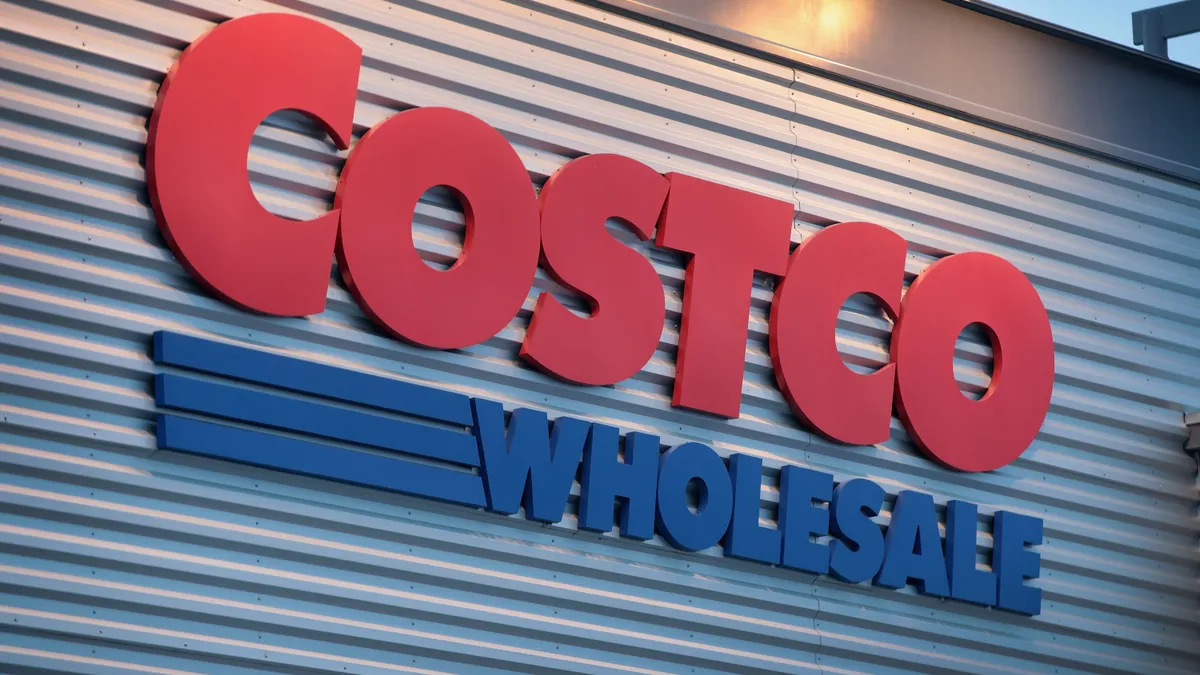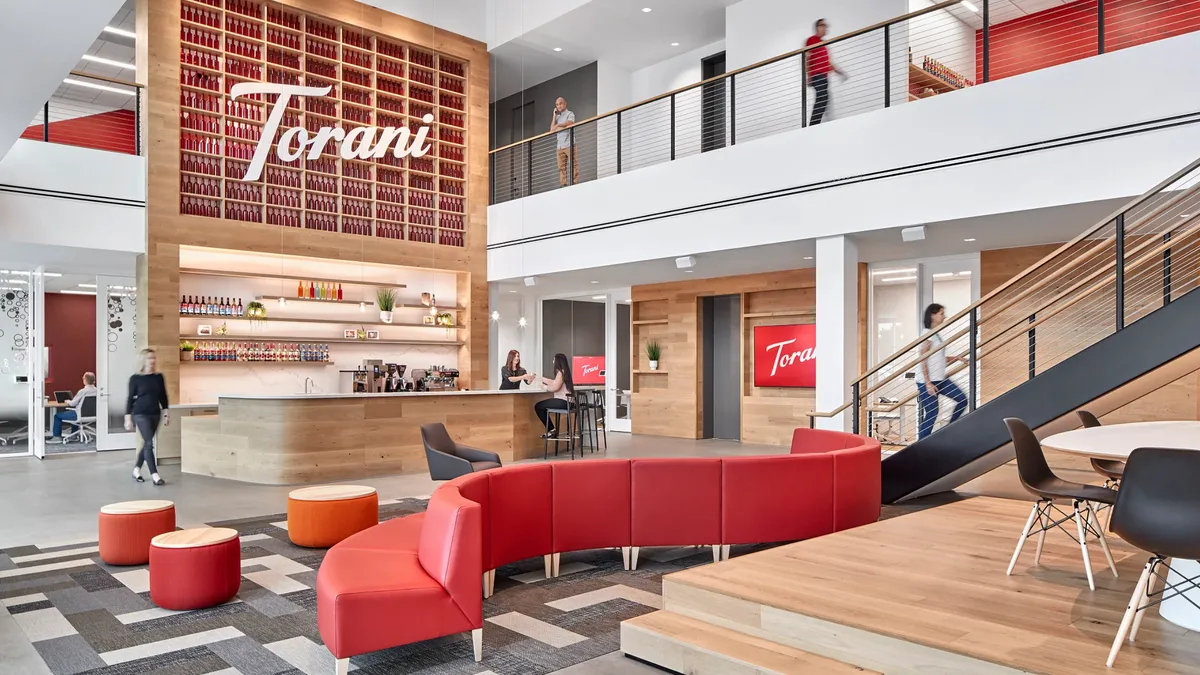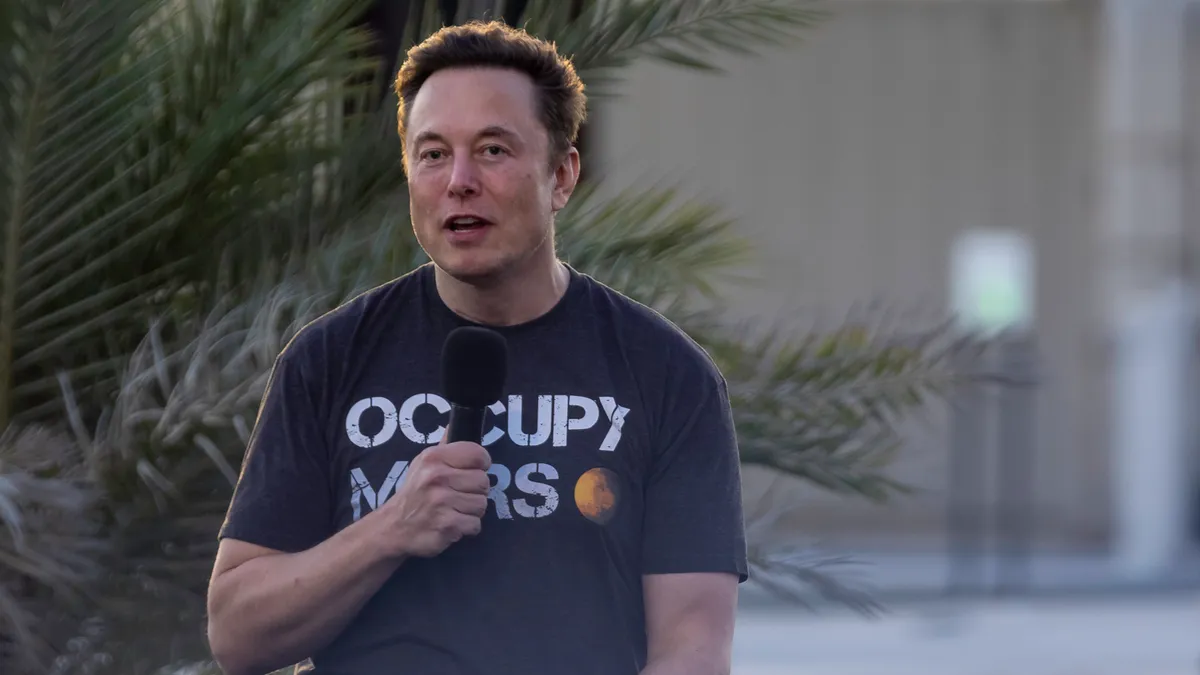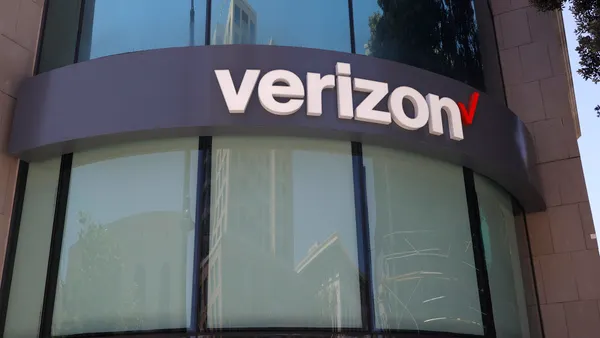In this Employee Experience column, Caroline Colvin discusses the complexities of worker and manager sentiments around union activity.
While the word “union” makes most employers bristle, Costco seemingly offers a different case study. In late December, more than 200 workers at a Norfolk, Virginia, location voted to join a Teamsters Union.
Then, in an end-of-year letter to Costco employees, signed by both departing CEO Craig Jelinek and incoming CEO Ron Vachris, the retailer fell on its metaphorical sword.
“To be honest, we’re disappointed by the result in Norfolk. We’re not disappointed in our employees; we’re disappointed in ourselves as managers and leaders,” leadership wrote, saying “the fact that a majority of Norfolk employees felt that they wanted or needed a union constitutes a failure on our part.”
The leaders went on to say explicitly they’re “not anti-union,” a rare move — especially on the heels of two big years for worker-employer tug-of-wars, where a few key battles come to mind.
There was the 2022 railroad strike, where unionizers ultimately gained better sick leave for railroad workers, and reporter unions, such as The Washington Post Guild, reaching a tentative agreement with leadership after months of very public back-and-forth. Being communications professionals, those workers have been, of course, very vocal about their demands and transparent about their negotiation process.
Amazon is always another battleground; recently, about half of Amazon warehouse workers reported mentally and physically damaging conditions. And many have been vocal about receiving callous responses to their calls for a better workplace.
And of course, Starbucks Workers United has shifted the conversation about unions into something accessible and mainstream.
Being pro-union often stems from being pro-diversity, pro-equity, pro-inclusion, pro-seat-at-the-table, pro-happy-and-healthy-workplaces-for-all. Growing up, we were always told, “Be the change you want to see in the world.” So why not speak up if you don’t like the way you’re being treated? What’s radical about that?
On the flip side, unions aren’t without flaws. They have their own hierarchies and inner turmoil.
Additionally, I don’t think all employers are completely selfish and all bosses are monsters. I have a lot of empathy for managers who don’t know how to feel or what to do about their direct reports popping up with pinback buttons, T-shirts and anti-work vitriol that may be very different from their normal, day-to-day interactions.
And finally, as an HR reporter, I have all the tenderness in the world for HR professionals. You are already shouldering the burdens of talent acquisition and talent management, of compensation and benefits, of DEI, of employee well-being, of mediator and lawyer, of event-planner and therapist. One-on-one conflicts are bad enough. Team discord is bad enough. Company-wide beef must be another animal entirely.
But being upset about workers unionizing is kind of cringe, to be honest. Especially if you’re a company that claims to care about your workers, you should be more upset that you have — to use Jelinek and Vachris’ phrasing — failed your workers.
Look, it’s never fun when someone holds a mirror up to your flaws. I imagine leaders who are grappling with whispers of unionizing at their companies feel the same kind of discomfort they may have felt during summer 2020. When you’ve never been on the receiving end of racism, discovering the extent of white supremacy tendrils in business is probably dizzying.
But when workers bring up grievances, it’s all a matter of conflict resolution — not to “win” an argument, but to reach an agreement so that everyone wins.
The same way you can adapt to your partner’s love language, learn a friend’s communication style and honor a family member’s uncomfortable boundaries, you can also learn how to negotiate workplace hiccups with dignity and respect.
Bonus: There is a business case for this, after all.
The workers’ rights movement wasn’t always friendly to people of color: Oftentimes, in 20th-century America, White working-class individuals could be cruel to Asian, Hispanic, Black and Indigenous folks in a similar boat. But throughout the 20th century, it has become clear that class struggle and racial justice are inextricably intertwined. That “E” in DEI does mean something.
Achieving harmony in the workplace is easier said than done; it’s a conundrum that has plagued humans since the beginning of work. Because humans are flawed, no collection of them will ever be perfect.
But meeting critique with thoughtfulness and targeted action — in order to create the ideal employee experience — just might keep union-organizing at bay. I’ve never met Jelinek or Vachris, so I don’t know if they’re good people or at the very least, good co-workers.
But I can say, human-being-to-human-being, this is a good look.
Less sappy: Creating a mutually beneficial work environment or a positive employee experience will probably cut down on workers being outraged about the state of their workplace. Wild concept, I know.























